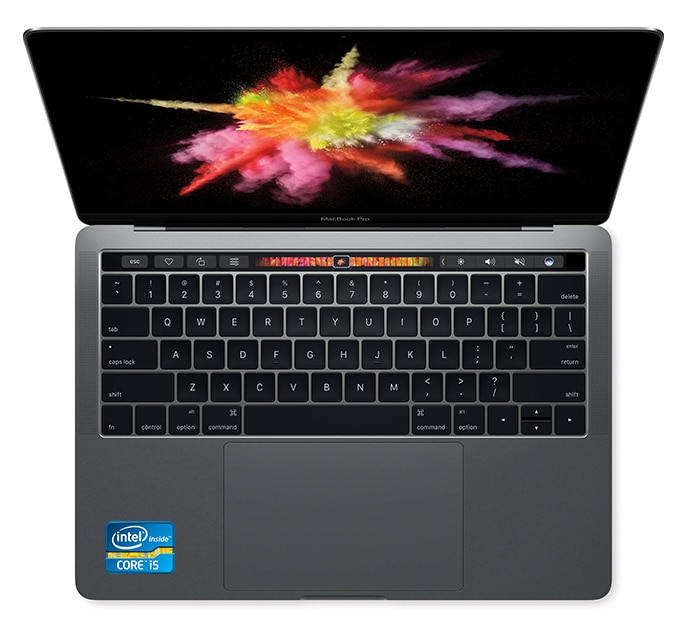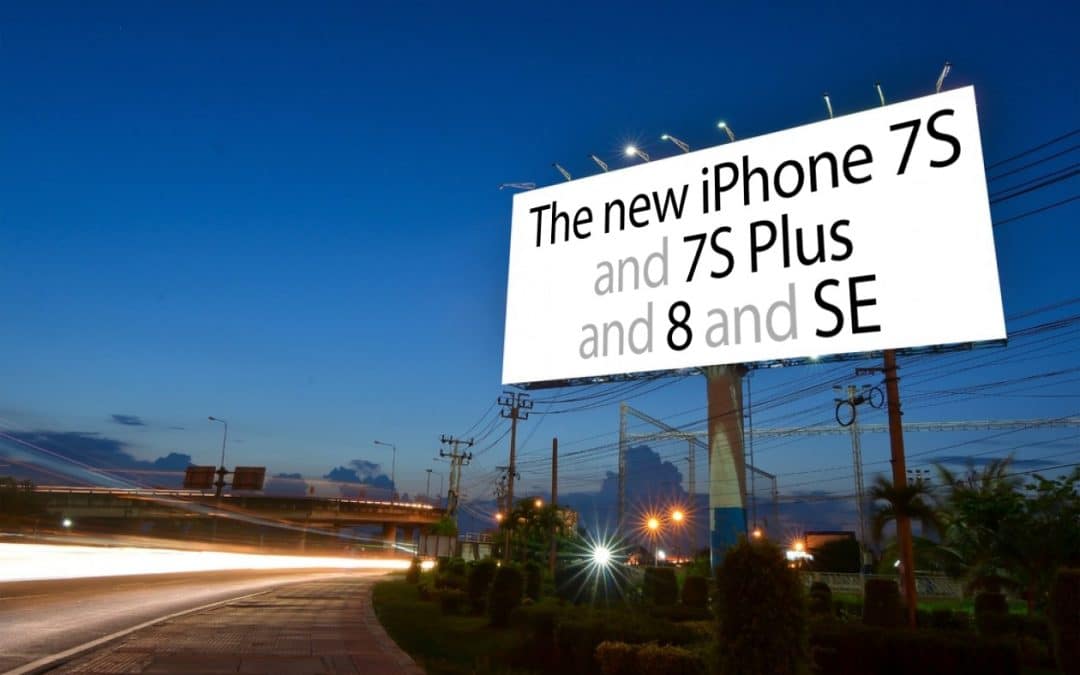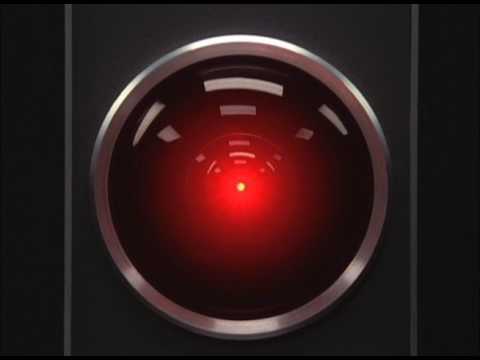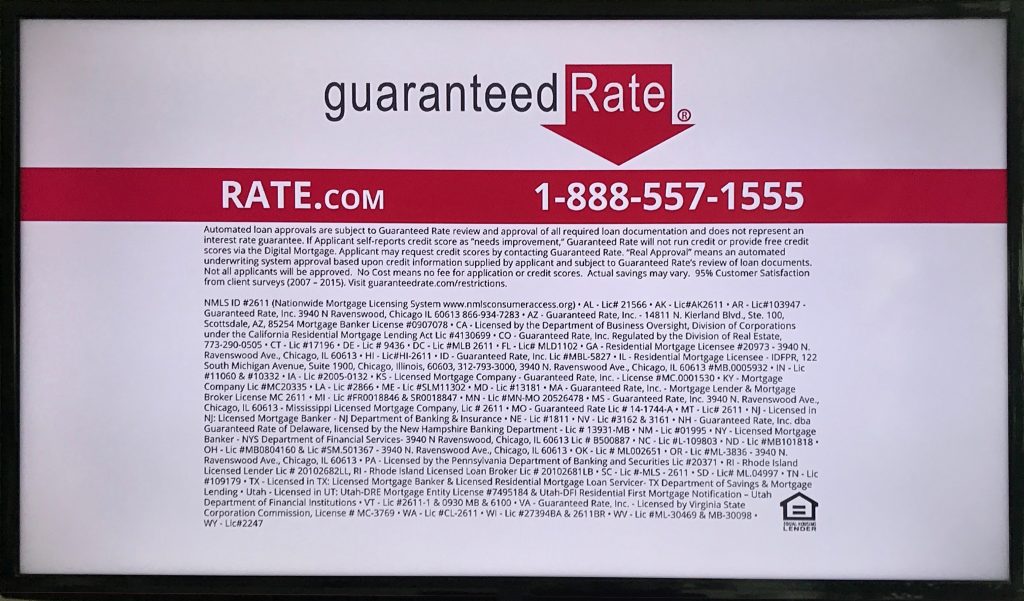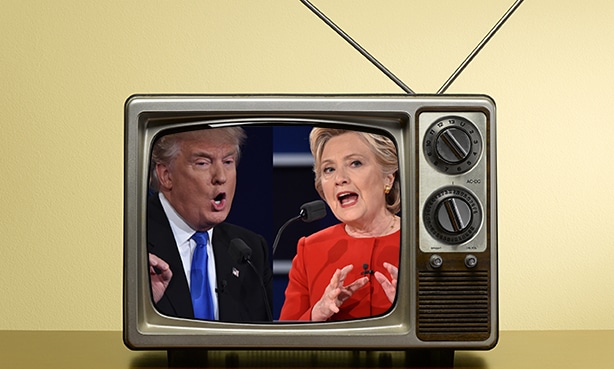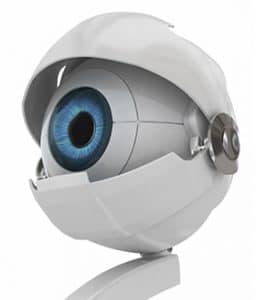
We all know that Apple rose from the dead because Steve Jobs had a unique mix of talents.
He had vision, he understood human behavior, he loved design and he was a gifted conductor of a complex orchestra.
My experience with him makes me want to add one more trait to that mix. That is—he relentlessly acted on common sense.
Trust me, this is more rare than it sounds. Working with other iconic companies, I too often saw common sense take a back seat to cost, timetables and opinions. The result was always something less than our original vision.
When I look at today’s Apple, I still see the company I love. I still see products that are beautifully thought-out. I still see the love of design.
But common sense? I worry.Continue reading…
